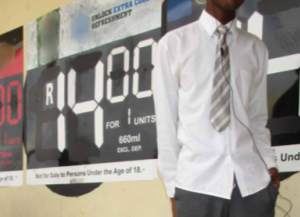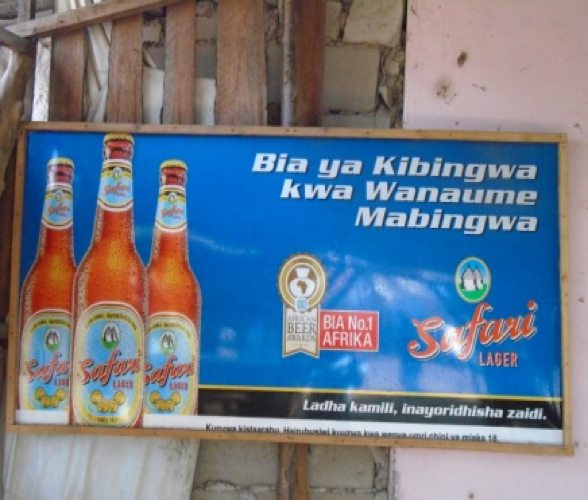
Alcohol is an important risk factor for HIV, especially for young people, where consumption can expose them to social, public and sexual health problems and risks such as needle sharing among injecting drug users, multiple and concurrent sexual partnerships, unprotected sex and partner violence. More generally, the harmful use of alcohol is responsible for 6% of all deaths globally and contributes to over 200 diseases.
Policies are required to better protect youth from alcohol availability and misuse. The alcohol and advertising industries have powerful lobbies to resist legislative changes, but the views, perspectives and lived realities of the public, particularly youth, are less well heard.
Study
STRIVE partners conducted a multi-country study better understand young people’s use of alcohol and examine the structural factors that might influence this, including the media, social norms, marketing and the accessibility of alcohol.
The research, carried out in Tanzania, India and South Africa, aimed to:
- Document the availability, pricing, packaging, advertising and marketing of alcohol in three countries
- Explore youth perceptions of the availability, promotion, packaging and pricing of alcohol
- Explore youth drinking patterns, norms and risky behaviours including sexual violence.
A descriptive mixed methods study, the research made use innovative use of photovoice (participatory action research) and Geographical Information System (GIS) mapping of alcohol outlets.
STRIVE alcohol and HIV working group
- Chairs: Katherine Fritz, International Center for Research on Women (ICRW), Gerry Mshana, Tanzania National Institute for Medical Research (NIMR)
- India study: Priti Prabhugate and Ravi Verma, ICRW Asia
- South Africa study: Lebohang Letsela and Renay Weiner, Soul City Institute for Social Justice
- Tanzania study: Haike Osaka and Gerry Mshana, NIMR
Findings
- Young people are influenced by their social environment, which includes their parents, peers and intimate partners.
- In Tanzania and South Africa, alcohol advertisements and outlets were located near schools and colleges. Alcohol advertising is banned in India, but the industry there finds other ways to promote alcohol, and many alcohol outlets were also located close to schools and colleges in Mumbai, ensuring easy access.
- All these factors facilitate underage alcohol initiation and consumption.
- Alcohol advertising is widespread and aggressively promoted in South Africa and Tanzania, with some messages explicitly targeting youth and others playing on notions of masculinity. In India, alcohol advertising and promotion through sponsorship normalised alcohol as an aspirational lifestyle, which was reinforced by peer and family influences.

“A champion beer for champion men” [Tanzanian site]
- Young people’s voices are important in the debate around harmful use of alcohol, and young people can play a role in educating peers and challenging social norms that can be harmful for their generation. View the Photovoice exhibition from Tanzania.
Resources
Briefs
- Evidence brief: Normalising alcohol consumption among youth in Mumbai, India.
- Evidence brief: Alcohol availability, marketing and sexual health risks to youth in South Africa
- Evidence brief: Youth, alcohol use and HIV in Tanzania
- Measurement brief: Measuring alcohol-related HIV risk
- Policy brief: Alcohol marketing, youth and sexual health risks
Impact case study
Slide presentations
- Young peoples exposure to alcohol outlets and advertisement in Tanzania: Implications for HIV Interventions
- Mapping Alcohol Availability to Youth in Tanzania, South Africa and India: Implications for structural interventions against HIV
Webinars
- Learning lab: Youth Perspectives on Alcohol: Availability and marketing in South Africa, Tanzania and India
- Learning lab Photovoice: Pushing the boundaries of participatory research - Gerry Mshana



